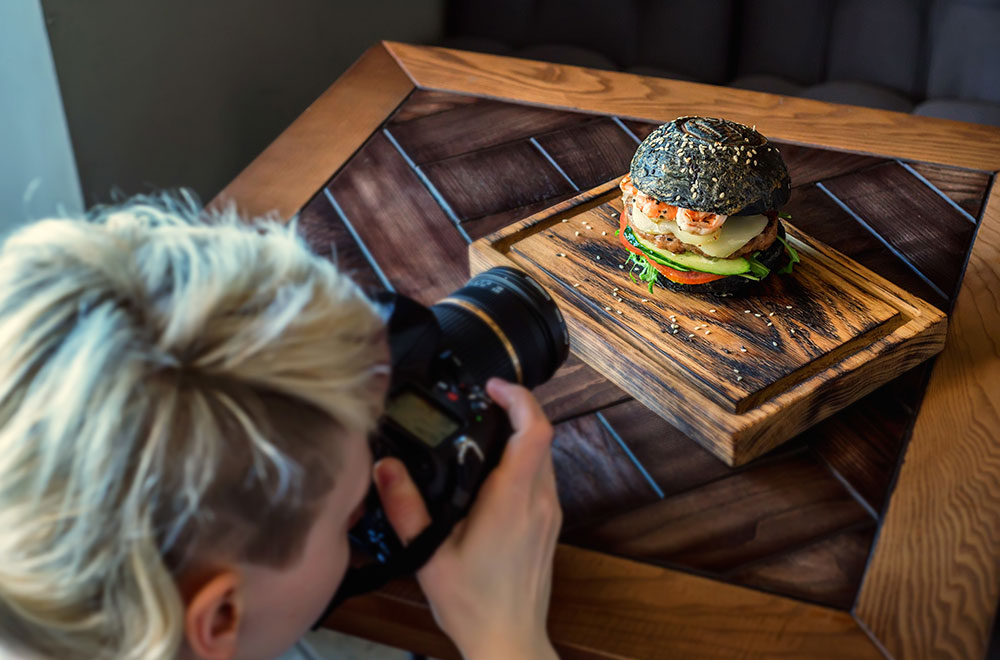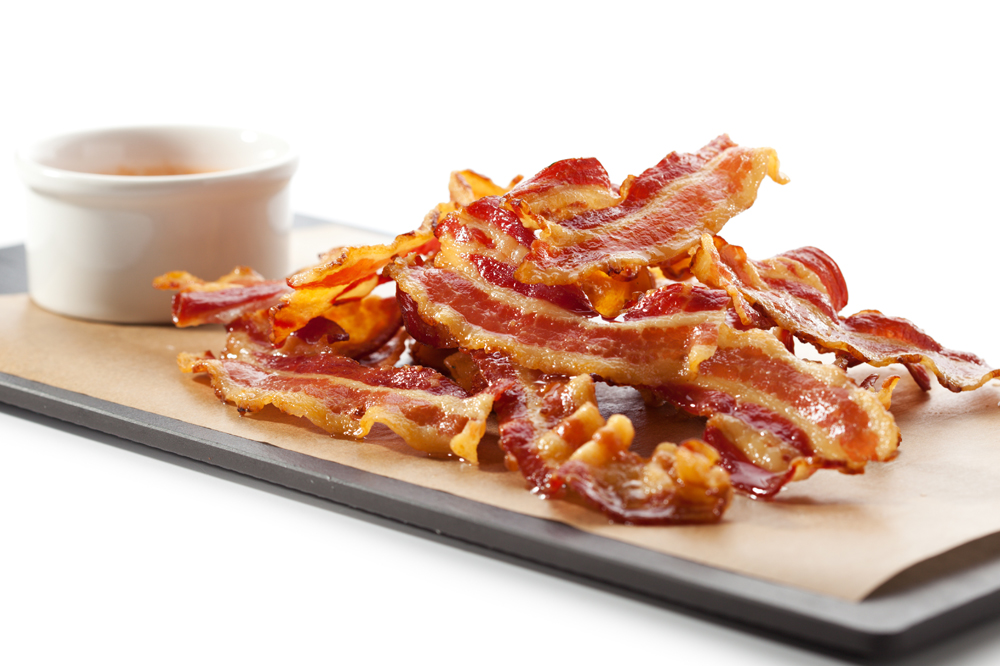Beautiful and compelling photos are a crucial marketing component for any business, and can be especially critical as a promotional tool for restaurants. The images you feature as a restaurant owner need to be visually compelling enough so that viewers feel that they can practically taste and smell your delicious food through their screens.
While using stock photos might seem easier than hiring a professional photographer or taking photos yourself, there are numerous reasons why restaurant owners should avoid using stock photography. For one, potential customers are likely perusing your website, Yelp, Instagram, and Facebook to vet your establishment before they dine. This means they’ll expect all your filtered and perfectly angled food and drink photos to live up to the hype in real life. If they walk in the door only to discover that your restaurant doesn’t match up to its online presence, they’re likely to turn around and walk right back out.
This is why it’s important to invest in hiring a professional photographer to take appealing and accurate photos of your establishment, staff, food, and drinks.
Be Authentic, Not Perfect
There’s nothing more enticing to a potential customer browsing for new restaurants to try than mouthwatering food photography. In fact, 90 percent of people will research a restaurant online before visiting, and once there, 12.5 percent of guests will post about their dining experience. Don’t set yourself up for a social media shaming by posting inauthentic food and beverage shots on your website, social platforms, and email communications. It’s much more important to have an accurate shot than a “perfect” one.
Pay Attention to Details
Keep in mind that you should showcase your brand at every turn and in every photograph. A photo of an item on your menu should have your killer décor in the background, display your particular tableware, and feature any other unique indicators of your restaurant’s brand. Stock photos can come across as “too perfect” with white or solid-color backgrounds, glossy surfaces, and artificial ingredients like glue or food dye used to alter products. Customers are able to sniff out these embellishments and can be quick to call them out if the images you post don’t match up with reality.
Give Yourself a Leg Up
Featuring generic imagery also robs you of the opportunity to distinguish your business from the competition. Since stock photo agencies determine usage of their images, a competitor could potentially end up using the exact same stock photos as you on their restaurant’s website. Showcase your original brand identity and draw guests to your restaurant (and away from the competition) by only using images that feature your restaurant’s prepared dishes just as they appear in your dining room. Chefs take pride in their artistic presentations, so why not tout their craft by using scrumptiously authentic photos?
Be Trustworthy (and Legal)
Anyone can simply click on the camera icon in the Google search bar, upload an image (or paste an image’s URL), and instantly see all the websites containing that same photo. Featuring a fake photo on your website breaks consumer trust and can turn away business. There are also usage fees and copyright practices that need to be adhered to for anyone who purchases a stock photo. If you don’t follow these rules you run the risk of being sued for copyright infringement, which can cost thousands of dollars.

Invest in Your Brand
Hiring a professional restaurant/food photographer instead of using stock photography can be a hefty investment, but one that is undoubtedly worth it. It may require a large chunk of time and resources from you and your employees, but remember, stock photography isn’t without its hidden fees and restrictions too. This can include licensing fees, varying image-quality prices, usage stipulations, and renewal costs. Not to mention the time it takes to comb through the thousands of photos on stock sites. By curating your own custom photo library you’ll have a large variety of images to choose from for your website, social pages, emails, signage, and more, with no limitations on how you can use the pictures.
To learn more about how to stand out from the crowd with stellar photos, download our free e-tool “20 Tips for Taking Perfect Restaurant Photographs.”






